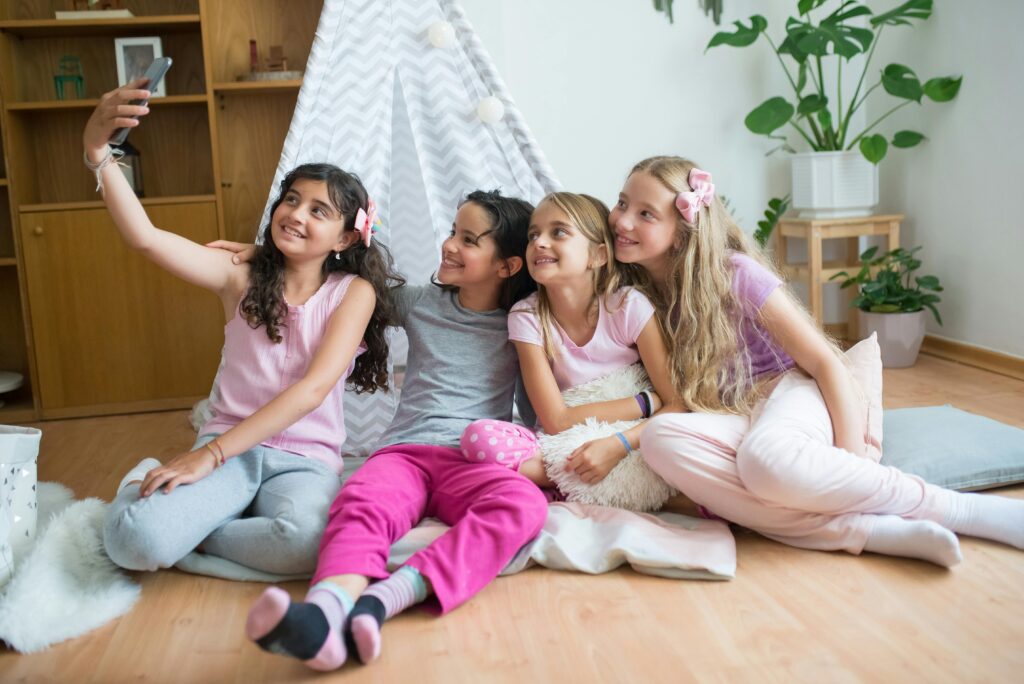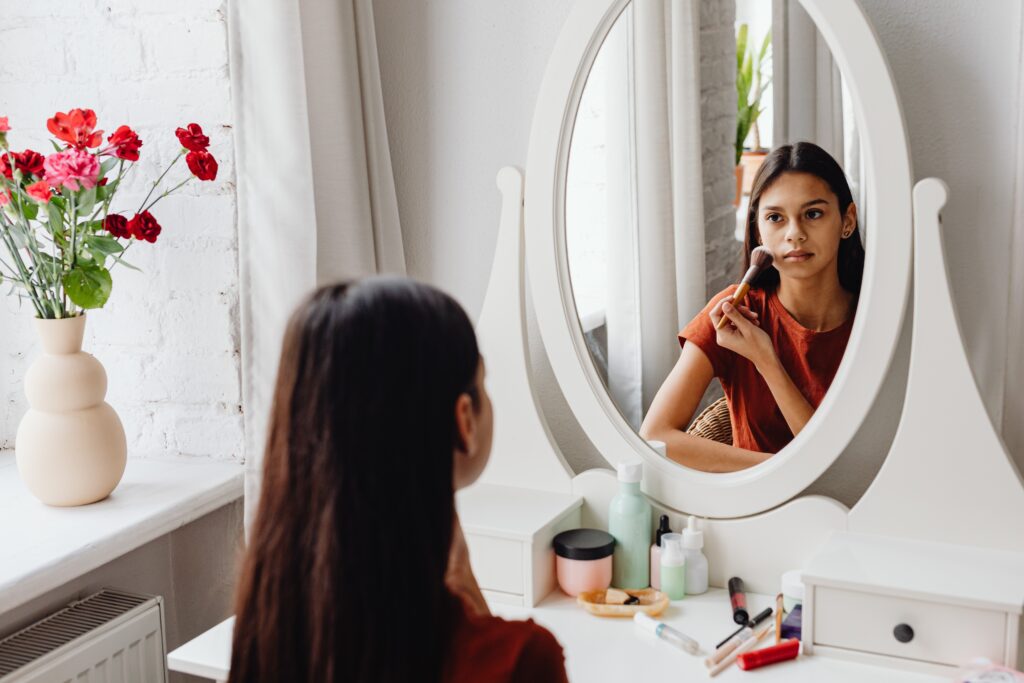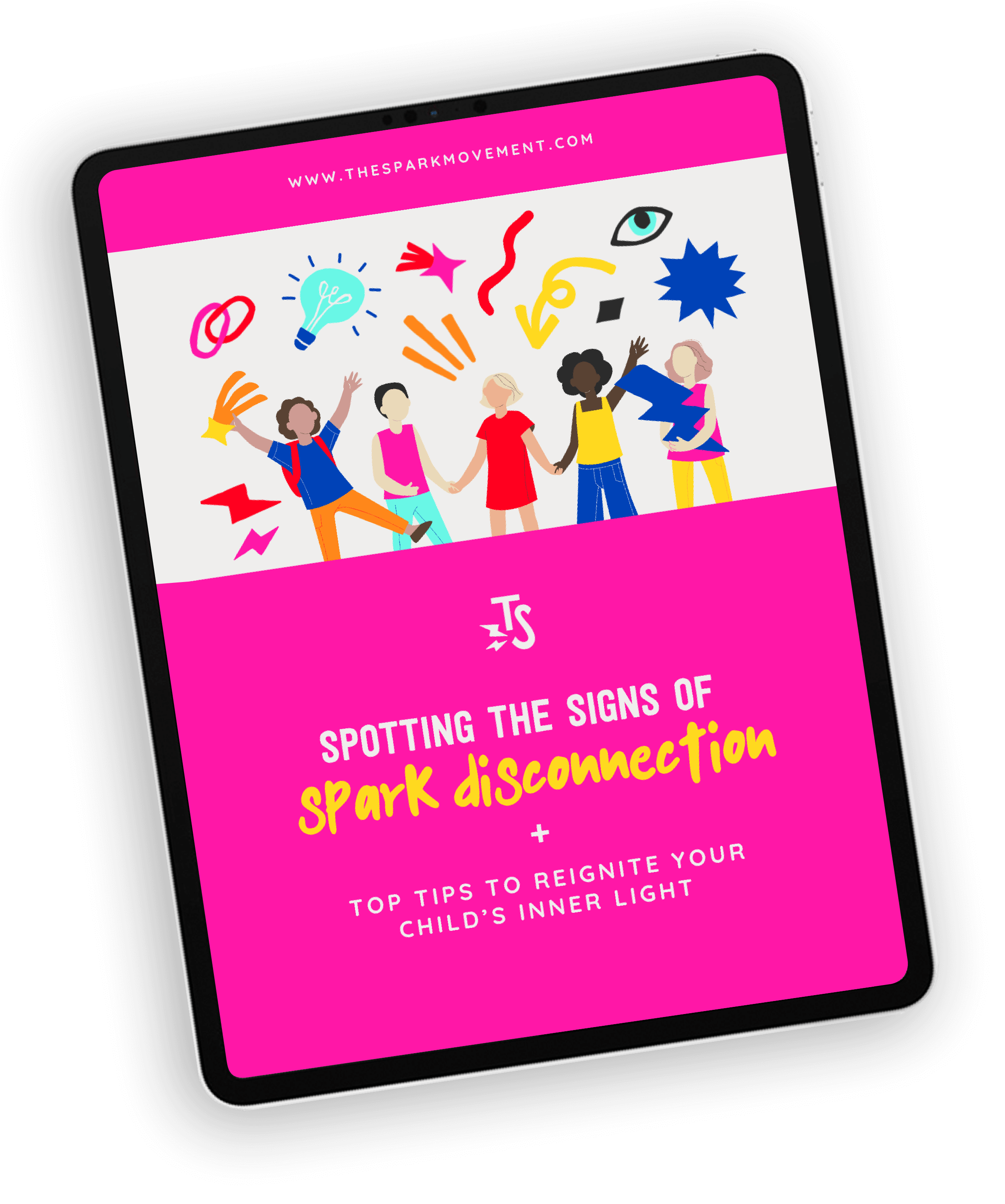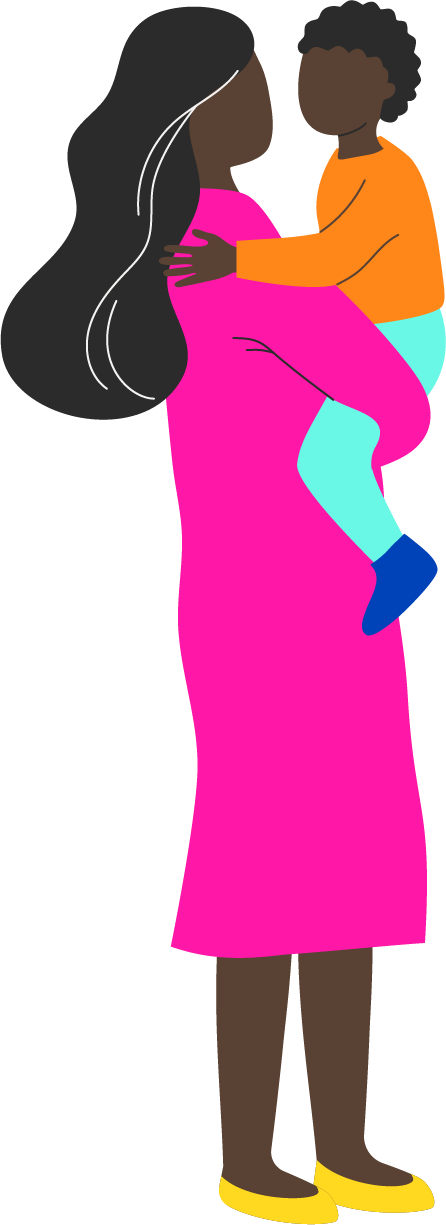Confusing our Self with our Selfie
Our self image is a projection. So who are we really?
“Let’s take a selfie!” A group of girls giggle and scoot around the table to pose for a photograph. An arm is thrusted up high, phone pointing down at their smiling faces, and just as quickly the arm shoots back down again as they huddle together to check if the image is up to scratch. It isn’t. The spectacle repeats itself a total of five more times until they’re happy with the end result, which promptly gets shared with the world via social media.
I’m watching this scene play out at a restaurant, and for these teen girls the act of recording their visit seems as important as the visit themselves. For me, (ancient adult that I am), it’s more about the company of a friend, the food, the drink, the gossip and catching up. It’s easy to judge their behaviour as being superficial – aren’t they missing the point? They’re in the experience but not experiencing it, I think.
‘Nownership’ and the Experience Economy
Yet research shows that younger people are more likely to prize experiences over possessions these days, driving the aptly named ‘nownership’ and experience economy, with 73% of young adults, including Gen Z and Millennials, reporting that they value experiential activities like engaging with brands or attending events over simply seeing and touching products in a store, according to ChannelX. In the UK, a survey by event ticketing website Eventbrite found that 66% of young people said they felt more fulfilled by live experiences than purchasing an item of the same value.
But something about this doesn’t quite add up. Is it the actual experience that’s most important, or the capturing of the experience, via selfies, photos and videos that translate into social media posts to share with all those who missed out? The “I was there” effect, rather than the reflective, emotional, present-moment capturing of the experience?
At that moment of ancient-adult judging of these young girls for taking their eight million selfies, I had to stop myself. Is it really anyone’s place to judge what’s driving their behaviour when we’ve created this very scenario, with the constant shoving of technology down kids’ throats and luring them to the addictive endless scroll of social media?

The fact is, we’ve taught our young people that image is everything, and it’s not who they are that matters, but what they are (or what they’re doing, by extension). Explicitly and implicitly we’ve taught this generation of children from a young age to prize their image, feed their ego and to constantly present this curated version of themselves to the masses. And then we wonder why they can’t enjoy a good meal without taking a hundred selfies? Shame on me.
There are reams of research papers and statistics about what all this is doing to our kids, from soaring rates of depression and anxiety, to increased loneliness and isolation. When viewed through the lens of this hyper-pressure to present a curated image of themselves to the world, it’s not only logical that young people would become lonely and depressed, it’s probable. If I’m taught to be image obsessed and to share my life in real-time with strangers, then how do I know who I really am? How will I know what I really like doing, if I’m constantly doing things for likes and clicks and shares? How will I know how I really feel about anything, if I’m using other people’s opinions and reactions to form the basis of my emotional state, feeling happy when they approve, and sad when they don’t?
And more to the point: how do I know which is the real me?
The Illusion Self
When we teach our kids to become obsessed with their self-image, we also teach them to create a version of themselves that’s tied to that image. I like to call it the ‘illusion self’, perhaps the person we aspire to be, or think we should be, but ultimately one that doesn’t exist.
The illusion self is not just what we see in the mirror, it’s all those dozens of things that we attach to that image – whether we perceive ourselves to be cool or geeky, an activist or political wannabe, a girly girl or man’s man. It goes even deeper than a sense of style, it’s a curated idea about who we are, wrapped up in our personality, whether we want to be that person or not. These ideas are solidified into unconscious patterns of thought that says we are an innocent victim of life, or a feisty woman who ‘says it like it is’, or perhaps the humble problem-solver that is overly empathetic.
Each one of those labels is associated with an endless number of nuanced thoughts, ideas, behaviours, emotions, and ways of being. And of course, we’re never just one thing. Our self-image shifts and changes depending on who we’re with and what role we play with our friends, our colleagues, our closest loved ones or extended family. Even though we consider ourselves to be a whole, consistent being, we’re actually constantly shifting between different versions of us.
Problems arise when we focus on developing an image of who we are that feels separate from our everyday experience. The selfie we’ve snapped doesn’t feel like ourself, not really. While the face smiling back in the posed shot looks like they’re having the time of their life, the reality might be far from joyful.
When the gap widens between who we portray ourselves to be, and who we really feel we are on the inside, it can leave us feeling as though we’re neither person, or both, juggling personas and never feeling as though we’re being our authentic self. But the question of who we really are goes much deeper. Who is the self taking the selfie?
Confusing our Self with our Selfie
Spiritual writer and teacher Deepak Chopra shared this phrase in a recent podcast interview to highlight the idea that, underneath it all, we’re not the self of our personality, of the image in the selfie, or the self of our job title or community status. Beneath it all is the formless, endless, eternal self, that goes beyond this physical experience.
When we become aware of the true self we can see beyond the illusion self and find a deeper connection to who we truly are, and in so doing, we connect with our Spark. Living from this place of Spark – the connection between our human-selves and soul-selves allows us to do all the things we were already doing in the world, but experience them more deeply, more authentically. Sure, we’ll still take those smiling selfies and record our experiences, but we’ll also be aware of the consciousness that is observing the act of taking the image. We’ll be more aware of our environment and allow ourselves to be present in the moment. We’ll know that we can play the role of this personality, but its not who we truly are, so it becomes less fixed, more malleable, more transient. There’s less need to prove myself, to make others like and approve of me, to obsess about the way I look and share every moment of my life with strangers, because those things don’t affect my true self, they add nothing to my eternal being. They can’t ignite my Spark for me, only I can do that by being my authentic self.

A Window, Not a Mirror
If we’re to turn the tide on the monumental problems we’ve created for our children and young people’s wellbeing we have to start looking at these issues differently. They are symptoms of a generation that’s been taught to look outside of themselves for a sense of self and meaning; the one place it can never be found.
We have to give children the tools to know themselves at a deeper level than the self that’s captured in the selfie, understanding that the image is a window, not a mirror. We are more than just what’s reflected back to us, and we came here to live a life of meaning, beyond simply presenting a curated image of who we want to be.
We can use the self we have created, with all of our beliefs and stories and ideas about who we are, as a window to find the deeper parts of us, and get in touch with our Spark. But first we have to put down the phone…

About
the author
Hi, I'm Nikki
I created The Spark when I realised I’d lost touch with my own inner light, buried under years of over-work and overwhelm. After witnessing far too many children becoming smaller versions of themselves, shrinking back, disconnecting and becoming disillusioned, I’m on a mission to ignite my Spark to help children to find theirs, changing the way we nurture small humans into being.
What started as a journey of self-discovery is growing into a global movement to create a better childhood for all children and young people. Will you join me?
Follow Nikki:

Need help to reignite your
child’s Spark?
Get our free guide to spot the telltale signs of Spark disconnection and learn how to reconnect your child to their inner light and joy.
Tell me more!
Sign up to our newsletter to be the first to hear about our tips, tools and training that will change the world for children.

